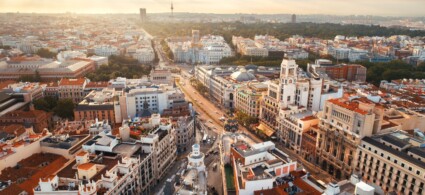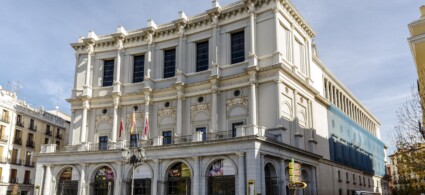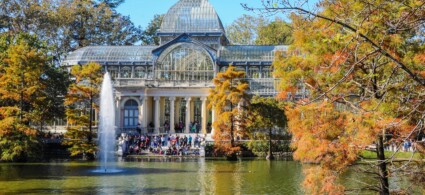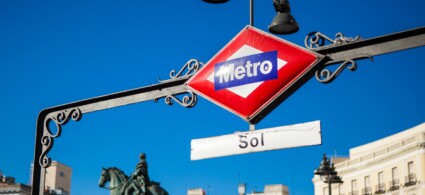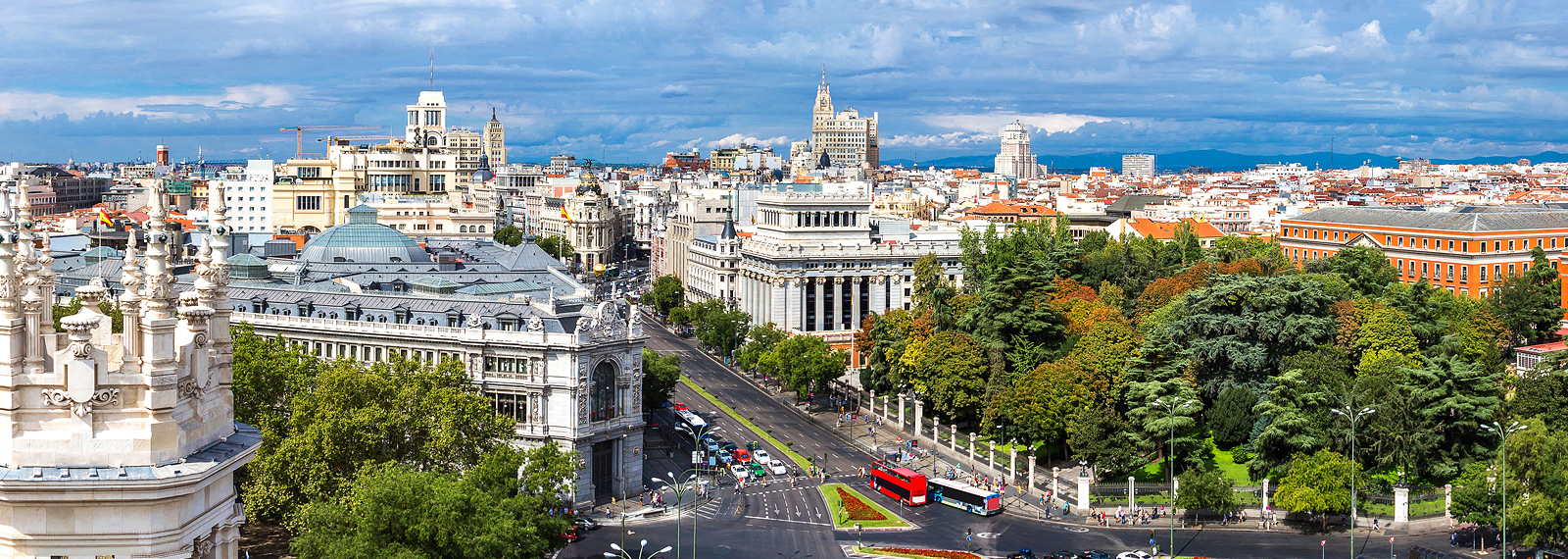

Elegant, lively, extravagant, huge, sunny and never tired: Madrid is the sophisticated home of Spanish royalty, the favourite destination of hardened night owls, a mecca for art lovers, a great cauldron in which the new ferments of alternative, hipster and underground cultures boil.
Madrid is ideal if you are looking for a holiday dedicated to culture and the discovery of Spain’s most authentic traditions, but at the same time want to spend your evenings clubbing, dancing and making new acquaintances. Moreover, unlike many other places more devoted to chaos and nightlife, the Spanish capital has something for everyone, whether you are looking for a quiet, cultural and traditional holiday or you prefer to spend the evening in nightclubs and then sleep for the rest of the day.
Strategically located in the centre of Spain, some 646 metres above sea level, Madrid preserves one of the most important historical centres in Europe, which blends harmoniously with the most modern and comfortable hotel facilities and highly advanced communication and technological means.
Apart from the historical centre and the presence of the king, whose residence (the Royal Palace) is located near the Plaza Mayor, Madrid is also known for its rich cultural agenda: the Prado Museum, one of the most important art galleries in the world, is just one of more than 60 museums in the capital that touch on the most varied knowledge. Along with the Prado, one of the most interesting museums is the Reina Sofia National Art Centre, dedicated explicitly to contemporary Spanish art and housing many works by Picasso, Miro and Salvador Dali.
The true face of Madrid can then be seen in the evening, when in addition to tapas, one can enjoy typical Spanish and international cuisine, or spend time at the cinema, theatre, flamenco shows, concerts and ballets. For late-night lovers, the nightlife is also a real attraction: between discos, bars, pubs, flamenco clubs, traditional dances, popular festivals and the San Isidro bullfighting season, we assure you that not only will there be plenty of fun, but you will never be bored.
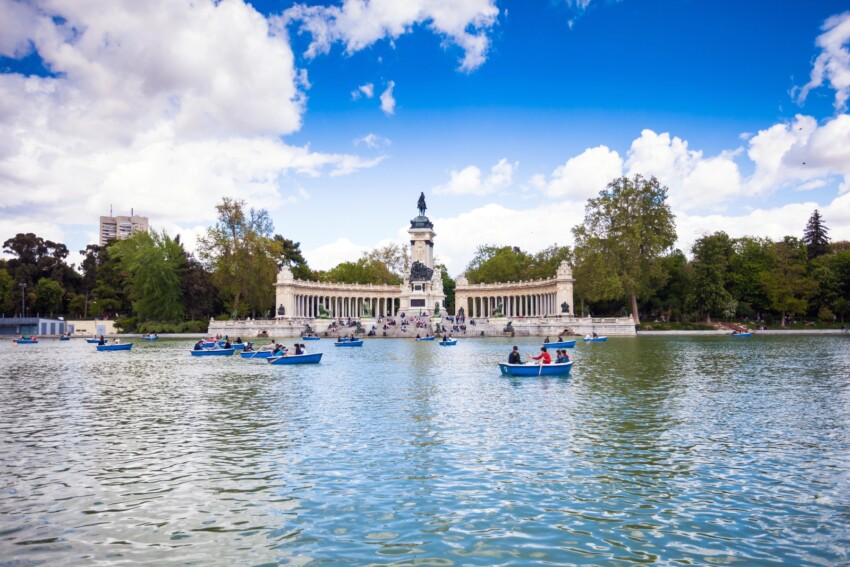
Madrid, like most Mediterranean European capitals, is a city that welcomes visitors 365 days a year. And indeed, every month has its reason. For many, the obvious choice is to visit the Spanish capital in summer, to fully experience its fiesta atmosphere and take advantage of the long days. However, during this period you will have to deal with the suffocating heat and some closures, as the city tends to empty out (it will never be a desert though, so no problem).
On the other hand, in winter you can enjoy very long days, with the sun rising at 8 a.m. and never setting before 6 p.m., as well as a beautiful Christmas atmosphere that permeates the entire city. But watch out for the temperatures, as they may be lower than you expect.
The best seasons to go to Madrid therefore turn out to be the compromise seasons: spring andautumn. Pleasant climate, relaxed atmosphere, lower prices and all the services available. Of course, it’s not for everyone to be able to get away from work for a few days unless you manage to squeeze in a long weekend or a bridge, but if you do you can really enjoy the city 100%.
Before you leave take a look at the weather forecast for Madrid.

The list of things to see in Madrid is practically endless, and certainly if you plan to come to the city just for a weekend you won’t be able to cover it all, as there is a huge amount of museums, streets, squares, churches and neighbourhoods, even quite far apart, that will keep you busy for days on end.
However, if this is your first time visiting Madrid, don’t miss the main landmarks, starting with the Prado Museum, which alone receives more than 3 million visitors a year, showcasing the works of Spanish and European painters from the 13th to the 19th century. Other must-see museums are the Reina Sofìa, where Picasso’s Guernica is on display, and the Thyssen-Bornemisza, with its areas dedicated to Impressionism, the avant-garde and pop-art.
As for the historical centre, the most important focal point is undoubtedly the Plaza Mayor, inaugurated in 1620 and considered one of the most popular and typical corners of Spain, with its iconic square shape and arcades, as it witnessed the splendour that the capital began to experience between the 16th and 17th centuries.
Next, visit the Palacio Real, the residence of Spanish royalty, the largest in Europe with its three thousand rooms. Behind it rises majestically Madrid’s cathedral, the Catedral de Santa María la Real de la Almudena. Next, visit the city’s main streets and squares: Gran Via, one of the main arteries of the centre, lined with elegant palaces and crowded at all hours of the day, and Puerta del Sol, a popular meeting point for Madrileños.
Finally, relax with a stroll through the Parque del Retiro, one of Madrid’s main postcards; here you can not only indulge in some relaxation or seek refuge in the cooler weather, but also take mini-cruises in the artificial pond, feed the squirrels, go cycling or walking.
And then, if you are a football fan, add the Santiago Bernabeu stadium to your list of things to see in Madrid. It is the home of Real Madrid, Spain’s most famous club along with FC Barcelona. You can enter the stadium by taking the Bernabeu Tour, visit the museum and gain access to otherwise private areas, such as the changing rooms, the entrance tunnel, the pitch and the press box.
If you don’t know which attractions to visit, follow our 3-day itinerary in Madrid.
Discover Madrid through the eyes of expert guides who will take you on a tour of the city's hidden treasures. Participating in a guided visit or a free tour will allow you to capture the true essence of Madrid.
The free tours are a viable alternative to traditional guided tours. They work like this: participation is free and at the end of the visit you can leave a tip at your discretion. Below you will find our favourite free tour, otherwise you can see the full list by visiting this page.
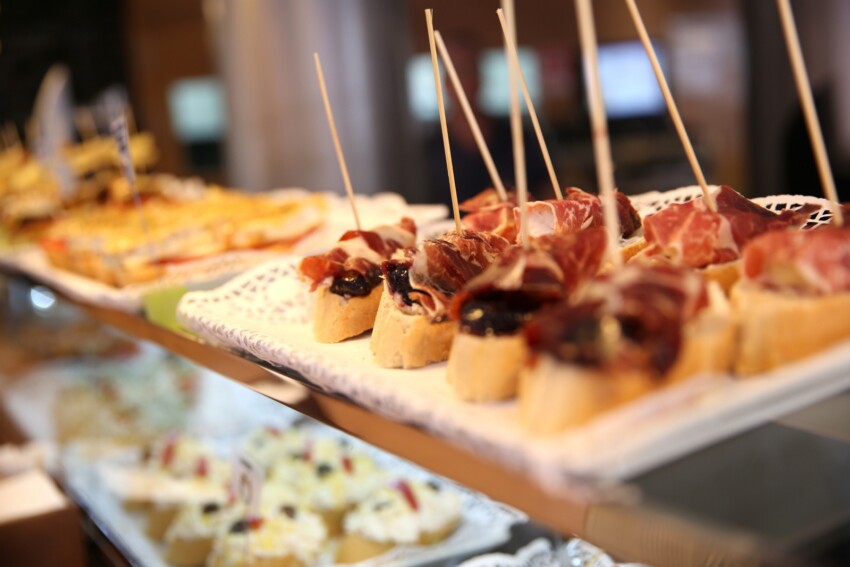
Madrid is the heart of Spain, and in some ways so is Spanish cuisine. You have a plethora of alternatives, ranging from tapas bars to kiosks and starred restaurants, as well as the ubiquitous ethnic restaurants, Chinese and Middle Eastern above all. If you want to immerse yourself in Madrid life, stop by a tapas bar and enjoy the lively atmosphere – and of course the local delicacies. Order without a problem: the dishes are small and cheap, and for a few tens of euros you will have already had a gastronomic tour of the city without having moved!
Among the most popular street food in Madrid is the bocadillo de calamares, a sandwich stuffed with very tasty fried squid, while for breakfast on Sundays it is a must to stop at a chocolate shop to eat churros con chocolate, a kind of fried and sugared dough to dip in hot chocolate. However, if you want to try fancy restaurants or gourmet experiences, Madrid is really full of starred restaurants, including of course the famous three Michelin-starred DiverXO.
Madrid is a huge city, according to some statistics it is the fourth largest in Europe after Moscow, London and Paris. It goes without saying that the areas where to stay are many, and each one brings with it pros and cons. Of course, the best choice is to stay in the city centre, close to Puerta del Sol or Gran Via, so that you are already in the heart of tourist Madrid and lose little time in getting around. However, the disadvantage is obvious: more demand means higher prices, so be prepared to spend a lot of money if you plan to stay here.
You can then consider some alternative, popular and picturesque neighbourhoods, very lively and well-kept, where you can breathe the real Madrid air. For example La Latina, Chueca or Lavapies, where you will find generally cheaper hotels and at the same time convenient public transport that will take you to the city centre in no time. Also interesting is Malasaña, an alternative area of Madrid popular with young people looking for nightlife entertainment. In contrast, Salamanca is a very quiet, residential and expensive area full of luxury boutiques. Here there are many five-star hotels and high prices, but it must be said that there are also lower-end hotels.
Whatever your destination for sleeping in Madrid, try to stay close to public transport so that you can easily get around and reach every corner of the city.
Madrid has a huge international airport, located in the Barajas district. It is here that all flights connecting it to practically all European cities depart and arrive. You can reach the Spanish capital with the national airline Iberia, or with several low-cost airlines, Ryanair, Vueling and Easyjet in primis.
Once you have landed at Madrid-Barajas airport, you can get to your final destination by the efficient metro network, by bus, taxi or hire car.
If, on the other hand, you are already in Spain and want to visit the capital, the most obvious option is by train. Madrid, as is logical, being the capital, is the heart of the Spanish railway system. The main train station is Atocha, which is connected to many other cities in the country. High-speed AVE trains depart and arrive here, as well as classic intercity and regional trains.
Finally, you can arrive in Madrid with a rental car. From Barcelona it takes about 6 hours, travelling west towards Lleida and Zaragoza and proceeding on the A2 motorway. From Valencia it takes about 4 hours along the A3 motorway and from Malaga, to the south, it takes about 5 hours using the A4 motorway.
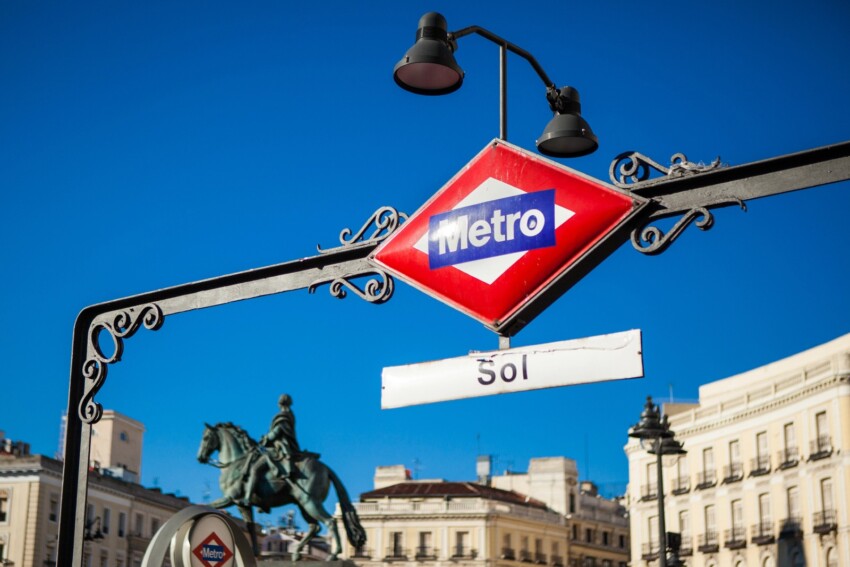
Getting around Madrid is very easy thanks to a dense metro network, consisting of 12 lines that take you practically everywhere in the city. Comfortable, fast and cheap, Madrid’s metro is undoubtedly the best way to get around. Alongside it are the city buses, operated by the EMT EMT (Empresa Municipal de Transportes) with over 2000 vehicles in service day and night, and the 10 lines of regional trains of the Cercanìas network, which quickly take you to municipalities in Madrid’s belt, such as El Escorial, the Sierra de Guadarrama and Aranjuez.
Also, don’t forget the tourist buses, the traditional red hop-on hop-off double-decker buses that allow you to get around the city all day, getting off and on at will, starting your route where you want and stopping near the main tourist attractions.
Madrid is located in the geographical centre of Spain, about 5 hours' drive from both Barcelona to the east and Seville to the south. It is located south of the Meseta Central, at an altitude of 650 metres above sea level.
City Card allow you to save on public transport and / or on the entrances to the main tourist attractions.

